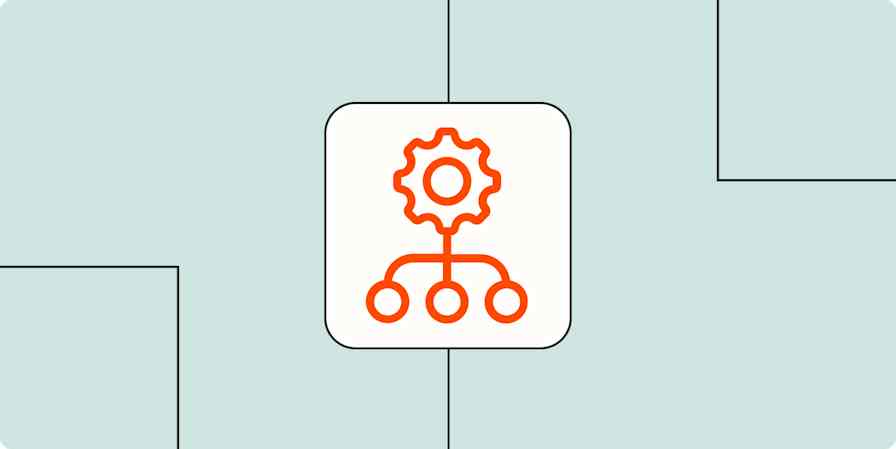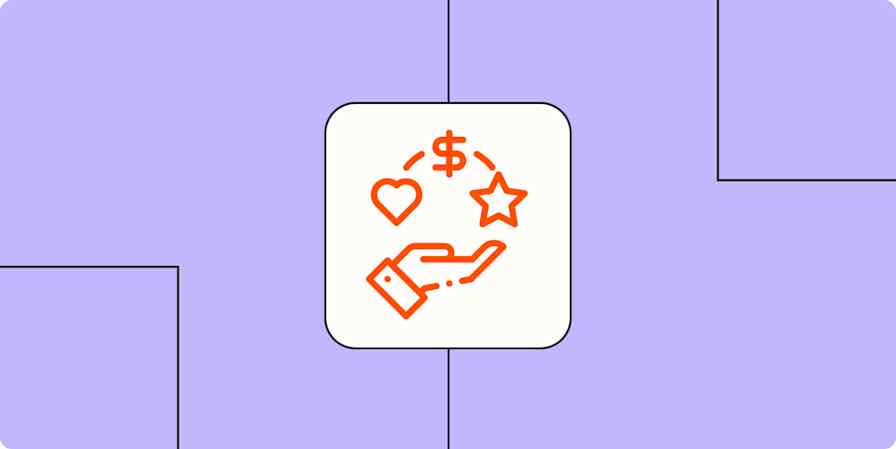Productivity tips
5 min readHabit stacking: How to achieve your goals without thinking about them
By Elise Dopson · January 14, 2025

Get productivity tips delivered straight to your inbox
We’ll email you 1-3 times per week—and never share your information.
Related articles
Improve your productivity automatically. Use Zapier to get your apps working together.








